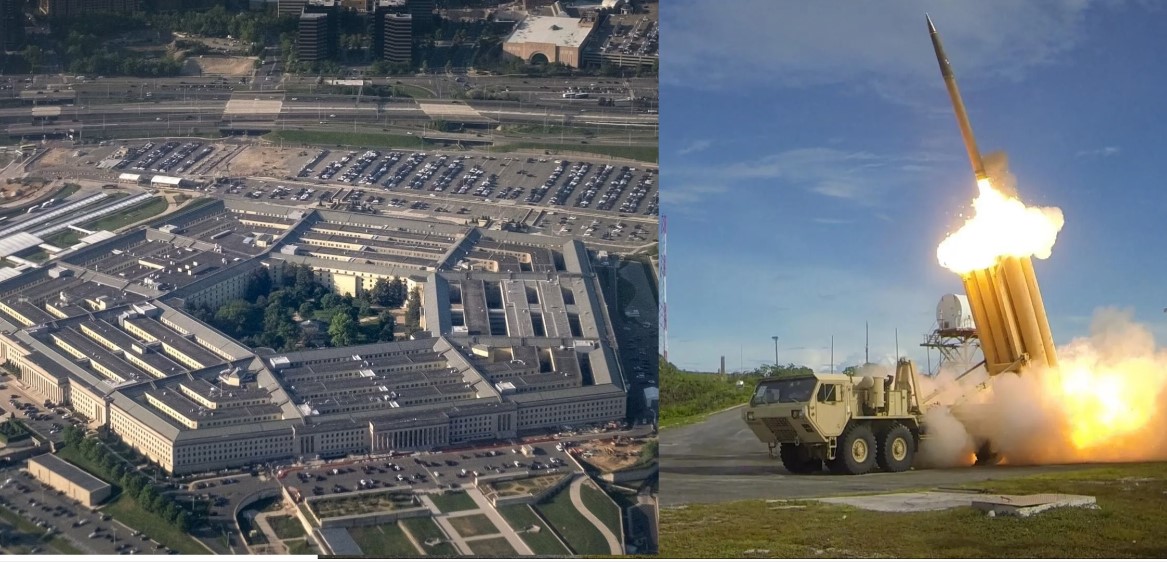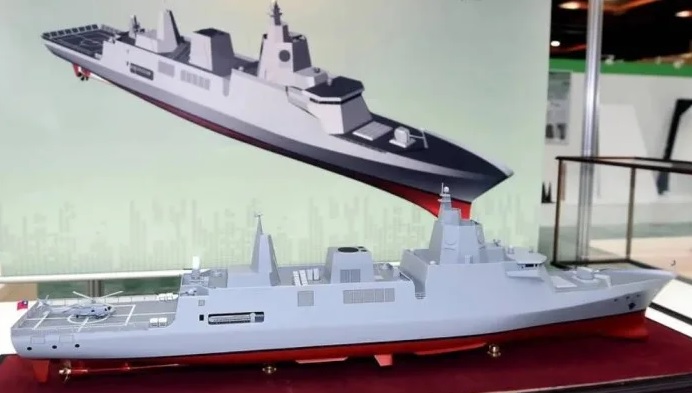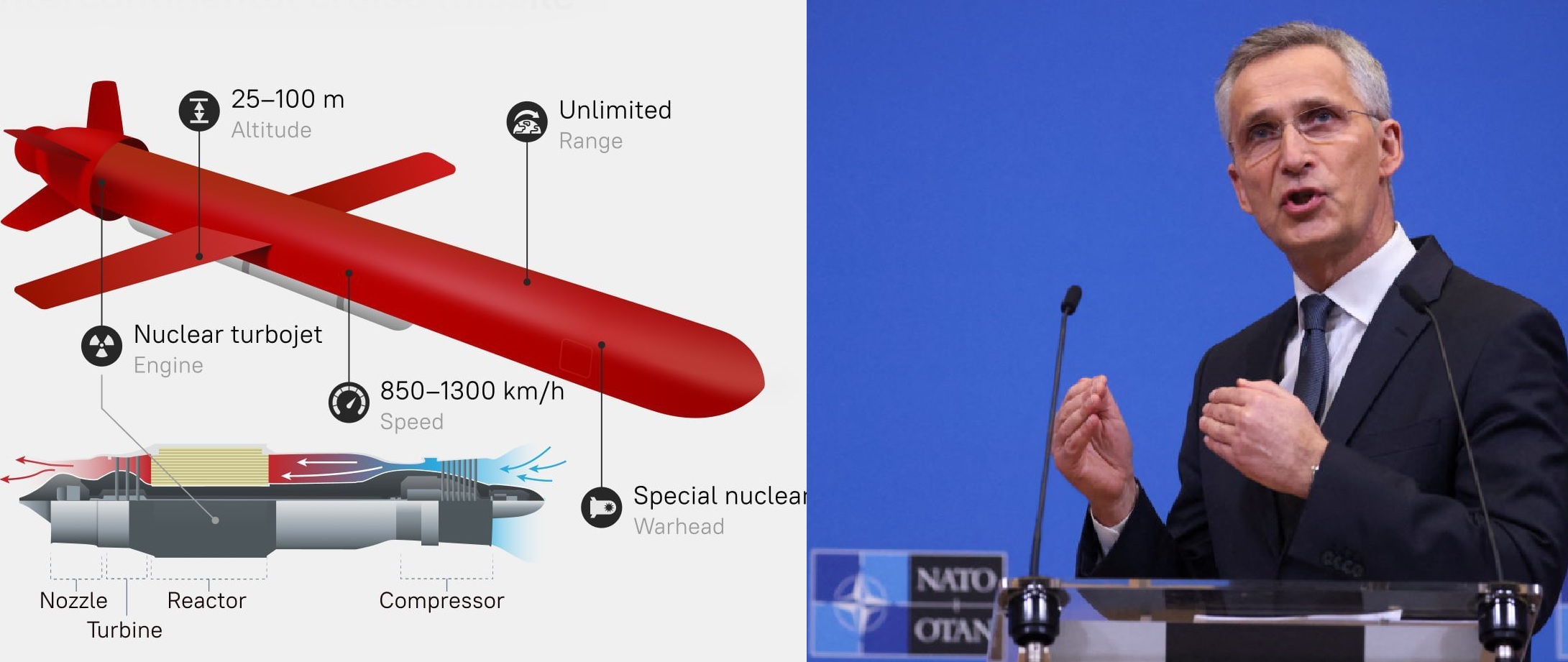Pentagon Sounds Alarm: Urgent Missile Shortages Threaten U.S. and NATO Defense

The United States is confronting a severe shortfall in its missile stockpiles, prompting the Pentagon to press defense contractors for a rapid surge in production. Critical systems—including Patriot interceptors, Standard Missile-6 (SM-6), Long-Range Anti-Ship Missiles (LRASM), Joint Air-to-Surface Standoff Missiles (JASSM), and Precision Strike Missiles (PrSM)—are affected. Officials have set an ambitious goal of boosting output by up to 2.5× within the next 6–24 months, using private capital investment, technology licensing, and expanded production capacity.
Current Missile Stockpile Status
As of mid-2025, U.S. missile inventories are at critically low levels. Defense sources indicate that the Pentagon holds only about 25% of the Patriot interceptors required for operational needs. The current production rate of roughly 600 Patriot missiles per year falls short of both U.S. defense requirements and commitments to allies.
The U.S. Navy faces similar pressures, with its estimated 1,500 SM-6 missiles being rapidly consumed by ongoing deployments. Limited production of LRASM and JASSM further strains strike capabilities, while the PrSM program—considered vital for countering near-peer adversaries—remains in its early fielding stages.
Impact of Global Conflicts
Recent conflicts have accelerated the depletion of U.S. missile reserves. In Ukraine, Patriot interceptors have been employed extensively against Russian aerial threats. Meanwhile, substantial U.S. missile transfers to Israel for defending against Iranian attacks have further stretched stockpiles.
These commitments underscore the challenge of balancing U.S. homeland defense with the need to supply partners and allies engaged in active combat zones.
NATO’s Vulnerability
The shortage extends beyond the United States. NATO allies also face serious gaps in missile defense capacity. Germany, the Netherlands, and Spain have launched joint programs to expand Patriot launcher and missile production, including through the European Sky Shield Initiative (ESSI). However, most of these projects will not begin large-scale production until 2026 or later, leaving the alliance exposed in the near term.
Russia’s Expanding Production
By contrast, Russia has demonstrated a comparatively robust missile production base. Western intelligence estimates suggest that Moscow is producing 840 to 1,020 units annually of key systems such as the 9M723 Iskander short-range ballistic missile and the Kh-47M2 Kinzhal air-launched missile. This sustained output provides Russia with a significant advantage in long-term conflicts and places further pressure on NATO to accelerate its own production timelines.
Strategic Risks for the U.S. and Allies
The current missile shortage poses serious risks to U.S. and NATO defense strategies. In the event of a high-intensity conflict with an adversary possessing substantial missile arsenals, U.S. forces may struggle to protect critical assets such as aircraft carriers, forward-deployed bases, and logistics hubs. Limited stocks of offensive missiles could also reduce strike options, weakening deterrence and operational effectiveness.
Outlook: Building a Resilient Missile Supply Chain
The crisis highlights the fragility of the U.S. missile production ecosystem, which relies heavily on a small number of manufacturers and long production lead times. Defense analysts recommend:
-
Diversifying suppliers to avoid single points of failure.
-
Increasing public and private investment in manufacturing infrastructure.
-
Accelerating new technologies, including advanced manufacturing and modular missile designs, to cut production timelines.
Whether the Pentagon can achieve its ambitious 2.5× production goal within two years remains uncertain. What is clear is that missile supply has become a central factor in U.S. and NATO deterrence strategy—one that will shape the balance of power in future conflicts.
✍️ This article is written by the team of The Defense News.






